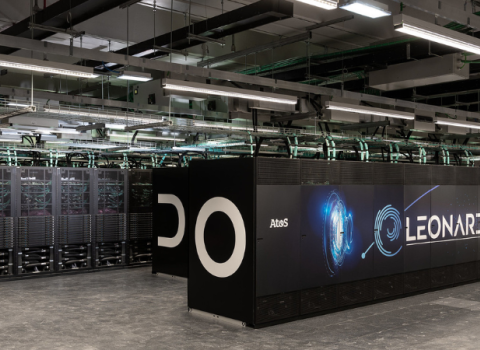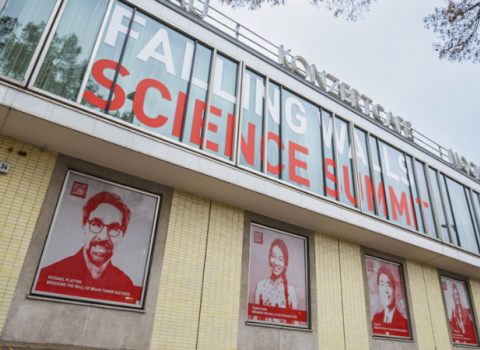Europe should be the first to deploy connected and automated driving, said Günther Oettinger, EU commissioner for digital economy and society, as he unveiled plans for an EU-wide rollout of the supporting technologies to representatives of the car and telecoms industries at the World Mobile Congress in Barcelona this week.
Oettinger called on the industry to lay plans for “a cross-border virtual network” supporting the adoption of driverless cars. While admitting the commission has not figured out all the technical, financial and legislative details, Oettinger insisted on moving swiftly. “It needs further underpinning […], but my aim is to go forward and to deploy fast,” he said.
It will not be necessary to wait for the installation of next generation 5G wireless networks because certain elements of connected and automated driving systems can be supported by existing 4G standard networks.
The industry has agreed to boost efforts in the areas of connectivity, standardisation and security, but wants the EU to support private investments in better fixed and mobile infrastructures, in order to reduce latency and boost data transfer speeds. Car and telecoms companies will work together to determine standardisation priorities and work on addressing security and safety concerns.
Oettinger urged the industry to present a concrete action plan before the summer, including a timeline for deployment, and a “concrete allocation of responsibilities.”
Embedded technologies
Turning Oettinger’s plan into reality requires technology in the shape of higher capacity wireless networks and embedded digital technologies in cars.
By the end of this year, the Chinese telecommunications company Huawei plans to roll out 60 commercial 4.5G networks in countries including Spain, Norway and Germany, providing features of 5G networks on existing infrastructures. Huawei will use 4.5G to implement its intelligent transport management system, which can support public transport operations, commercial transport networks and toll systems on roads.
Meanwhile, the Spanish car maker SEAT and the computer services company Accenture have reached proof of concept for a system that will enable cars to send notifications to drivers’ smartphones warning them of possible malfunctions and upcoming maintenance. The application evaluates driving patterns and performance, and it will be integrated with road assistance services.
In Germany, programmers at Daimler have written roughly 100 million lines of code for the Mercedes-Benz S Class, a car that can drive itself in certain traffic conditions. The German car maker was first in the world to have an autonomous freight vehicle approved on the roads in the US.
Mobility services
Automated and connected cars will also enable innovative mobility services, suggested Wilko Andreas Stark, vice president for strategy at Daimler. Driverless technologies will force the car company to adapt its business model and allow for more flexibility in terms of ownership and sharing. "If you own a car, and it drops you off, your car could make money for you transporting other people," said Stark.
Stark reckons fully autonomous driving will not be possible on all roads, because the digital maps available today are not precise enough. Major highways and city streets will be the safest and more efficient environments for self-driving cars, but it will be difficult to roll out a system that can be safe on small country roads or private driveways, he said.
The question of how liability is assigned if an autonomous car is involved in an accident is yet to be resolved. In addition, self-driving cars that are permanently connected to the internet raise major security and privacy concerns.
However, from a technology point of view, Europe seems to already be on a fast-track to automated car deployment.
But the Commission still needs to come up with a set of rules for the digital infrastructures underpinning smart mobility and the integration of connected cars, and convince all member states to adopt these standards.
Earlier this year the Commission launched GEAR 2030, a high level group from the industry, to focus on drafting regulatory standards for automated and connected transportation systems. The EU has also set up Cooperative Intelligent Transport Systems (C-ITS), a platform that brings together public and private stakeholders to work on the implications of vehicle-to-vehicle and vehicle-to-infrastructure communications.
The Netherlands has already adapted its legislation to allow large-scale road tests of self-driving cars. Having unveiled an initiative to fast-track the adoption of driverless cars almost two years ago, the UK this month announced a £20 million programme of related research.


 A unique international forum for public research organisations and companies to connect their external engagement with strategic interests around their R&D system.
A unique international forum for public research organisations and companies to connect their external engagement with strategic interests around their R&D system.